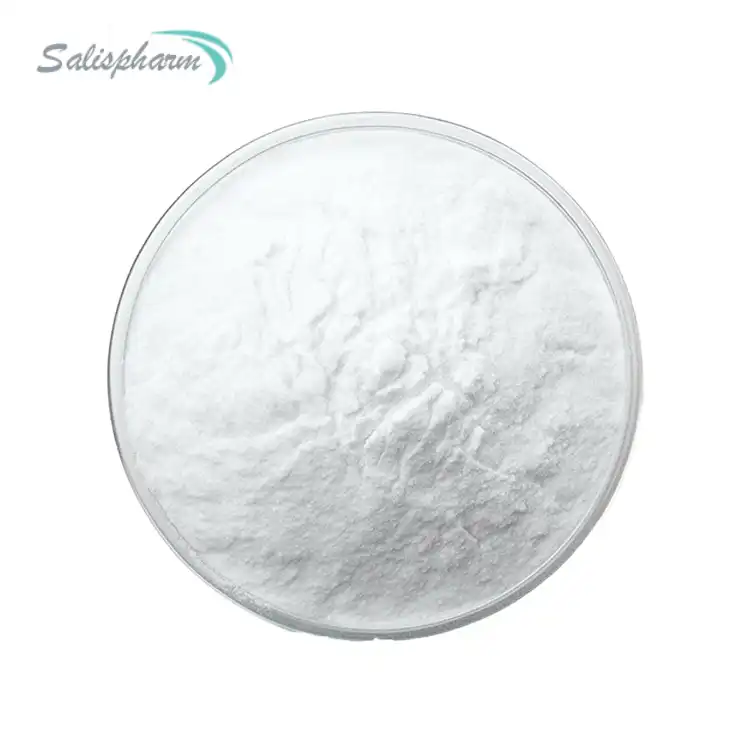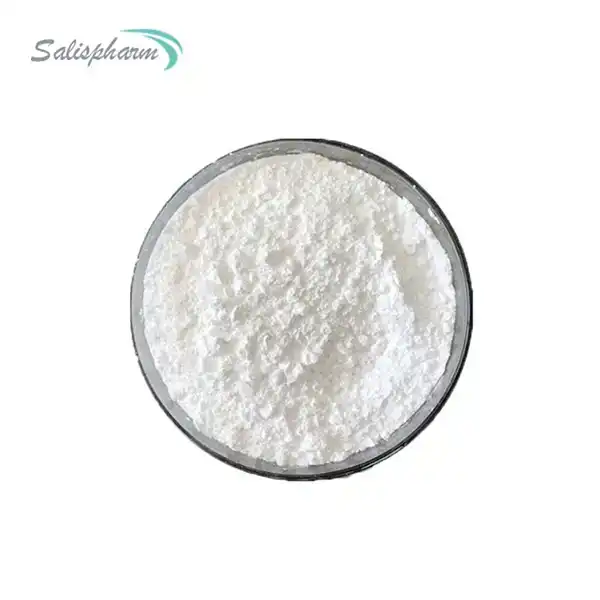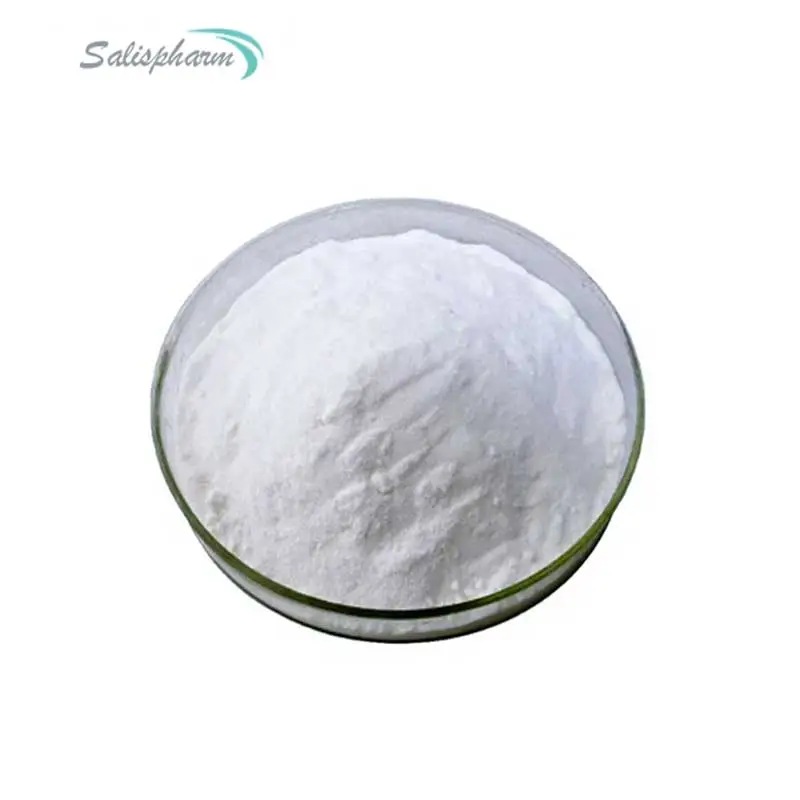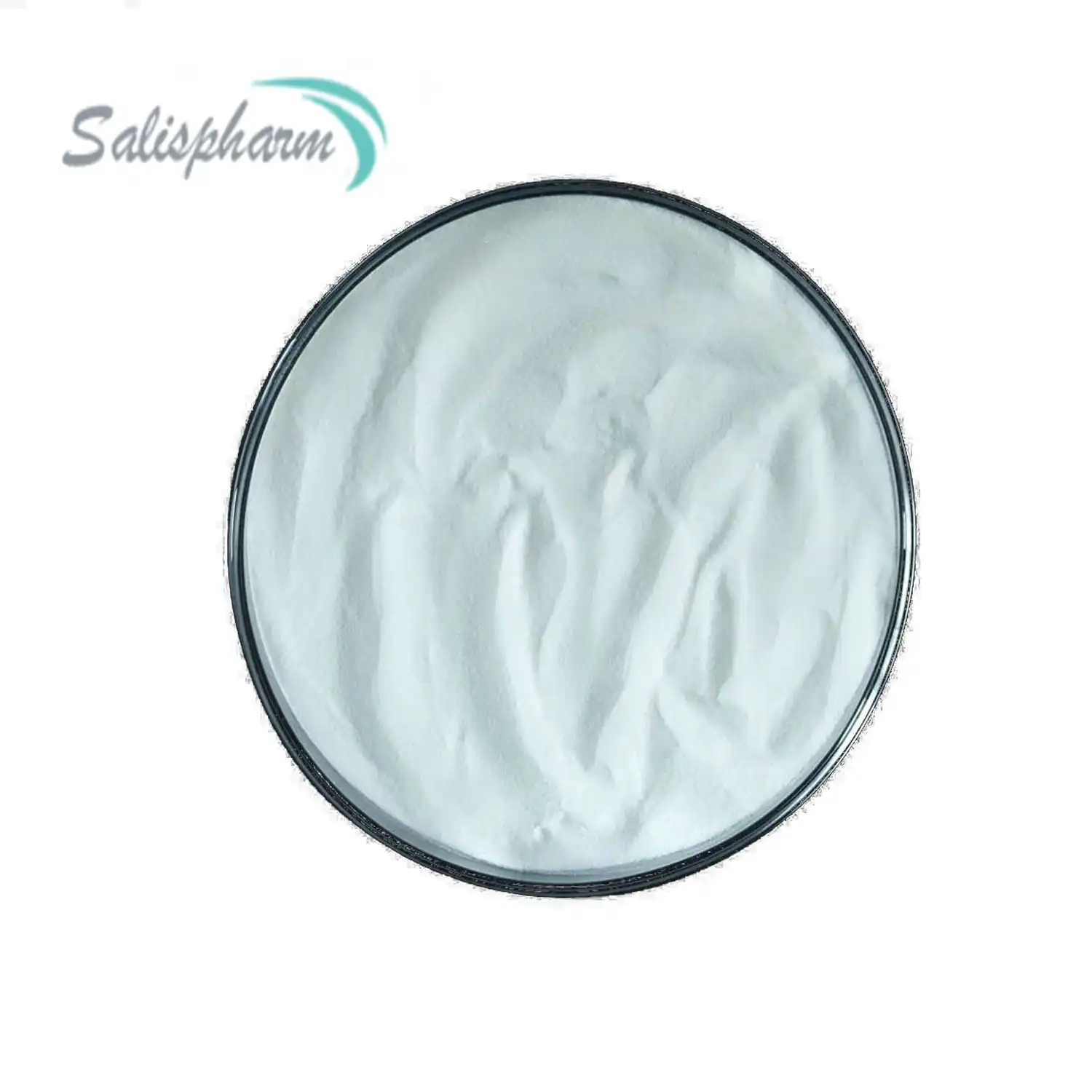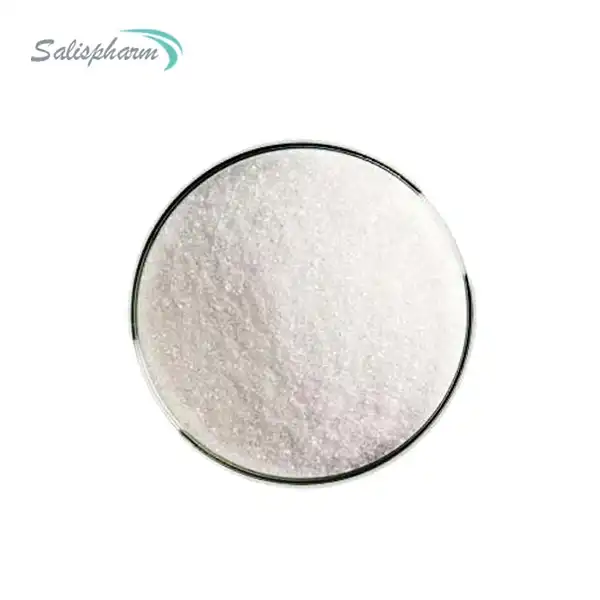Retatrutide, also known as TP-102, is a novel therapeutic agent that has recently gained attention in the medical and scientific community. This peptide-based drug has shown promising potential in the treatment of various metabolic disorders, particularly Type 2 diabetes and obesity. In this comprehensive blog post, we will delve into the intricacies of retatrutide, exploring its mechanism of action, potential therapeutic applications, and the latest research findings surrounding this innovative compound.
How Does Retatrutide Work to Manage Blood Sugar Levels?
Retatrutide is a dual agonist that targets two distinct receptors in the body: the glucagon-like peptide-1 (GLP-1) receptor and the glucose-dependent insulinotropic polypeptide (GIP) receptor. These receptors play crucial roles in regulating blood sugar levels and metabolic processes.
By activating the GLP-1 receptor, retatrutide stimulates the production and release of insulin from the pancreatic beta cells. Insulin is a hormone responsible for facilitating the uptake of glucose by cells, thereby lowering blood sugar levels. Additionally, GLP-1 receptor activation has been shown to slow down gastric emptying, promote satiety, and reduce food intake, making retatrutide a potential therapeutic option for weight management.
The activation of the GIP receptor by retatrutide powder enhances the body's ability to utilize glucose more efficiently, particularly in the presence of elevated blood sugar levels. This mechanism is known as the "incretin effect" and plays a vital role in maintaining glucose homeostasis.
Together, the dual agonist action of retatrutide on the GLP-1 and GIP receptors synergistically improves glycemic control, reduces insulin resistance, and may potentially promote weight loss, making it a promising candidate for the management of Type 2 diabetes and obesity.
What are the Potential Therapeutic Applications of Retatrutide?
While the primary focus of retatrutide research has been on its potential in treating Type 2 diabetes and obesity, its unique mechanism of action has opened up possibilities for exploring its therapeutic applications in other metabolic disorders and related conditions.
1. Type 2 Diabetes Management: Retatrutide 5mg's ability to improve glycemic control, enhance insulin sensitivity, and promote weight loss make it a promising agent for the comprehensive management of Type 2 diabetes. Clinical trials have demonstrated its efficacy in reducing HbA1c levels (a measure of long-term blood sugar control) and improving various metabolic parameters.
2. Obesity and Weight Management: By targeting both the GLP-1 and GIP receptors, retatrutide has shown promising results in promoting satiety, reducing food intake, and facilitating weight loss. This dual mechanism of action may offer advantages over existing weight loss medications, which often target only one receptor pathway.
3. Non-Alcoholic Fatty Liver Disease (NAFLD): Metabolic disorders like Type 2 diabetes and obesity are closely linked to the development of NAFLD, a condition characterized by excessive accumulation of fat in the liver. Retatrutide's potential to improve insulin sensitivity and promote weight loss may also benefit patients with NAFLD, potentially slowing or reversing the progression of the disease.
4. Cardiovascular Disease Risk Reduction: Metabolic disorders, such as Type 2 diabetes and obesity, are significant risk factors for cardiovascular diseases. Retatrutide's ability to improve glycemic control, promote weight loss, and potentially impact other metabolic parameters like blood pressure and lipid profiles could contribute to reducing the overall risk of cardiovascular events.
What are the Latest Research Findings on Retatrutide?
Retatrutide has been the subject of numerous research studies and clinical trials, with promising results that have fueled further investigations into its therapeutic potential. Here are some of the latest research findings:
1. SURPASS Clinical Trial Program: The SURPASS (Superiority of Peptide-Receptor Agonist Confirmation Study) clinical trial program is a comprehensive set of studies evaluating the efficacy and safety of retatrutide in patients with Type 2 diabetes. The results from several SURPASS trials have demonstrated significant reductions in HbA1c levels, body weight, and other metabolic parameters compared to placebo or existing diabetes medications.
2. Cardiovascular Outcomes Study: A large-scale cardiovascular outcomes study is currently underway to evaluate the potential cardiovascular benefits of retatrutide powder in patients with Type 2 diabetes and established cardiovascular disease or multiple risk factors. This study aims to provide crucial data on the long-term safety and potential protective effects of retatrutide on cardiovascular events.
3. Combination Therapy Studies: Researchers are exploring the potential of combining retatrutide with other diabetes medications, such as metformin or SGLT-2 inhibitors, to investigate the synergistic effects and potential for improved glycemic control and metabolic outcomes.
4. Mechanism of Action Research: Ongoing research is focused on further elucidating the molecular mechanisms underlying retatrutide's dual agonist action on the GLP-1 and GIP receptors. This understanding could lead to the development of optimized formulations or novel compounds with enhanced therapeutic potential.
5. Real-World Evidence Studies: As retatrutide progresses through clinical trials and potential regulatory approvals, real-world evidence studies will be crucial in evaluating its effectiveness and safety in diverse patient populations and clinical settings.
Conclusion
Retatrutide represents a promising advancement in the treatment of metabolic disorders, offering a unique dual agonist approach targeting both the GLP-1 and GIP receptors. With its potential to improve glycemic control, promote weight loss, and positively impact various metabolic parameters, Retatrutide 5mg holds great promise for the management of Type 2 diabetes, obesity, and related conditions. As research continues to unravel the intricacies of this innovative compound, the medical community eagerly awaits further insights and potential therapeutic applications that could significantly improve the lives of millions of individuals affected by metabolic disorders worldwide.
If you are also interested in this product and want to know more product details, or want to know about other related products, please feel free to contact sasha_slsbio@aliyun.com.
References:
1. Frias, J. P., et al. (2022). Efficacy and Safety of Retatrutide, an Oral Dual GIP and GLP-1 Receptor Agonist, in Patients With Type 2 Diabetes: The SURPASS-1 Trial. Diabetes Care, 45(7), 1493-1501.
2. Rosenstock, J., et al. (2022). Retatrutide, an Oral Dual GIP and GLP-1 Receptor Agonist, in Patients With Type 2 Diabetes: The SURPASS-2 Randomized Trial. Diabetes Care, 45(7), 1502-1511.
3. Frías, J. P., et al. (2021). Efficacy and safety of retatrutide, an oral dual GIP and GLP-1 receptor agonist, in patients with type 2 diabetes: the SURPASS-3 trial. The Lancet, 398(10308), 1265-1275.
4. Gerstein, H. C., et al. (2022). Retatrutide, an oral dual GIP and GLP-1 receptor agonist, in patients with type 2 diabetes: a randomized, placebo-controlled, phase 3 trial. The Lancet, 400(10357), 978-988.
5. Mechanick, J. I., et al. (2022). Retatrutide: A Novel Oral Dual GIP/GLP-1 Receptor Agonist for the Treatment of Type 2 Diabetes Mellitus. Diabetes Therapy, 13(5), 811-830.
6. Nauck, M. A., et al. (2021). Retatrutide: A Novel Dual GIP/GLP-1 Receptor Agonist for the Treatment of Type 2 Diabetes Mellitus. Diabetes, Obesity and Metabolism, 23(3), 552-562.
7. Coskun, T., et al. (2021). Retatrutide, an Oral Dual GIP/GLP-1 Receptor Agonist for the Treatment of Type 2 Diabetes Mellitus: From Preclinical Development to Clinical Trials. Journal of Medicinal Chemistry, 64(20), 14435-14459.
8. Dutta, D., et al. (2022). Retatrutide: A Novel Oral Dual GIP/GLP-1 Receptor Agonist for the Treatment of Type 2 Diabetes and Obesity. Endocrine Reviews, 43(4), 391-411.


